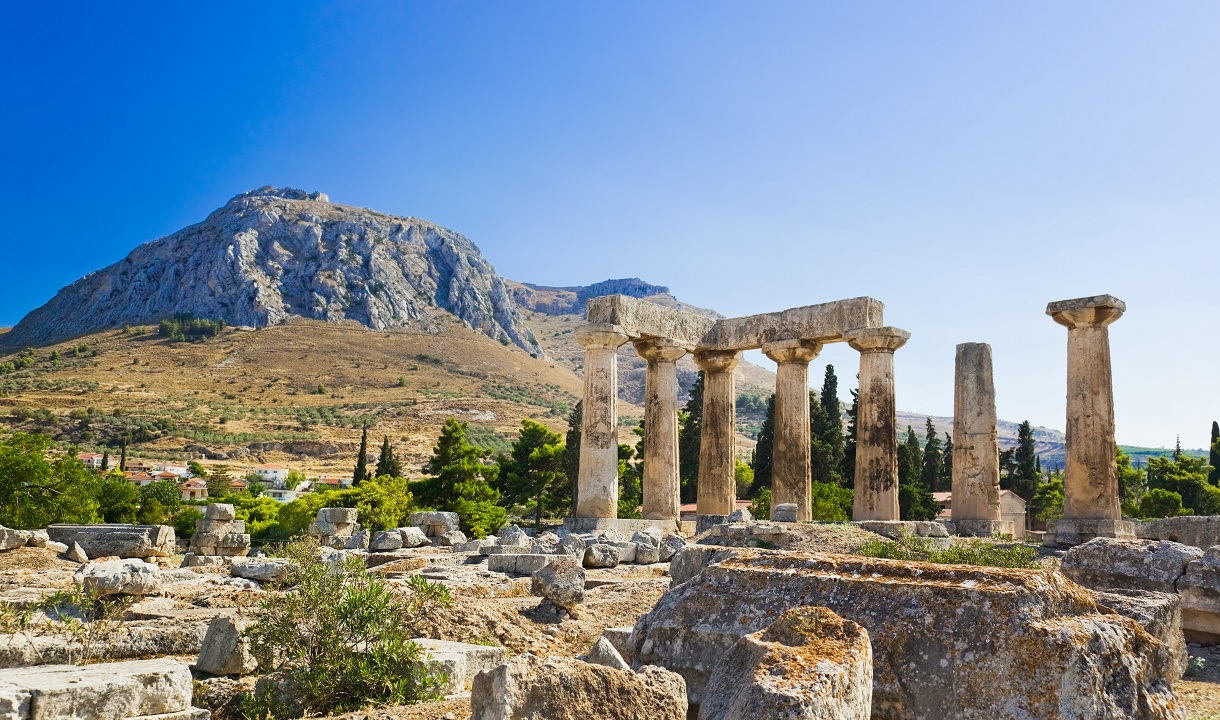While journeying through Greece, you may have unknowingly traversed the wealthiest city of the ancient world numerous times. This would have occurred if you’ve ever crossed the Corinth Canal, which leads you to one of antiquity’s most significant cities – Ancient Corinth. Its historical significance is immense, having played a crucial role in events such as the Persian War and the Peloponnesian War, and being a city where figures like Alexander the Great and Apostle Paul have visited!
The ancient triangles of Greece: Journeys of mystery and unparalleled beauty
The Ancient Corinth: The richest city in Antiquity
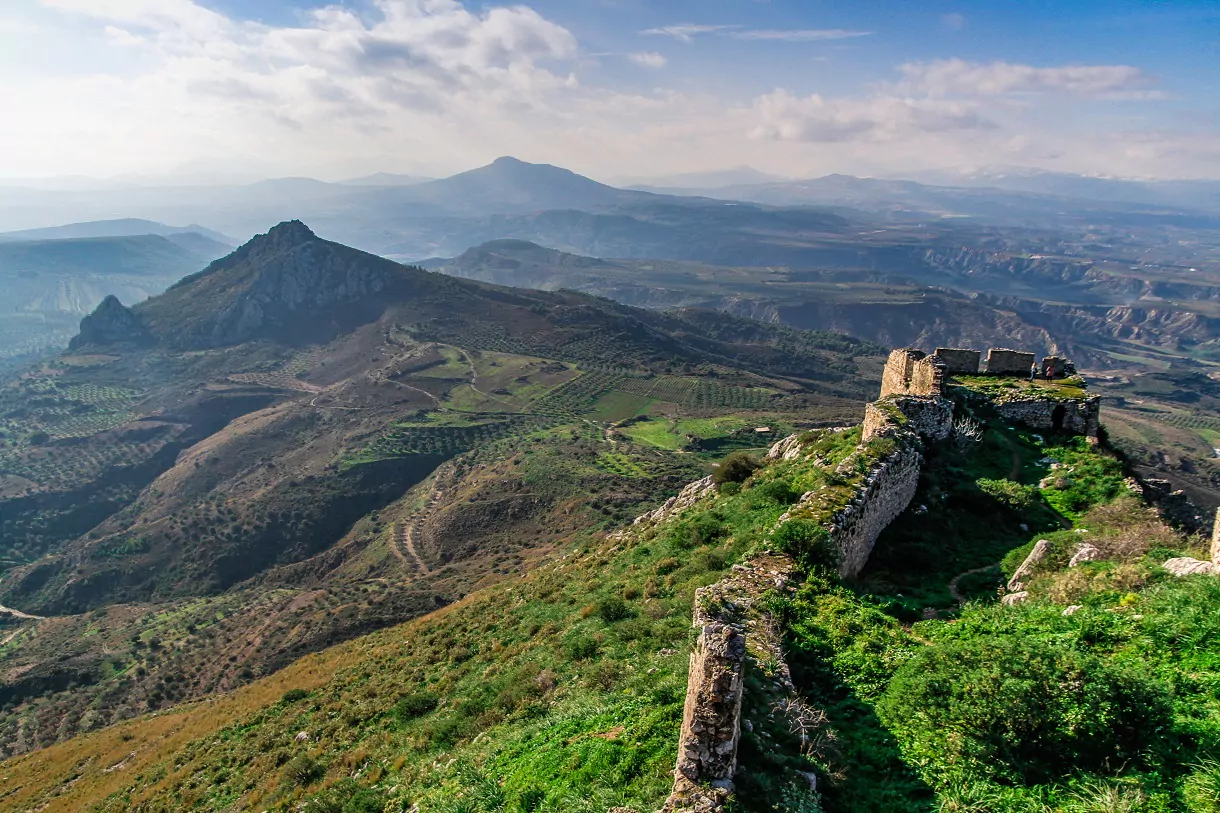
Ancient Corinth was a significant city-state of the Peloponnese and was known as the wealthiest city of the ancient world. Its borders stretched from the east of today’s Corinthia prefecture to the northeast of the Argolis prefecture. It neighbored Argos, Megara, Epidaurus, and Sicyon.
During the Classical period, Corinth played a pivotal role in various wars. As part of the Greek alliance against the Persians, it contributed 40 ships to the Battle of Salamis and dispatched 5,000 hoplites to the renowned Battle of Plataea.
Corinthians had control over the Isthmus and were engaged in extensive commercial activities. However, their dominance was challenged by Athens, leading to heightened competition between the two cities. This rivalry was one of the triggers for the Peloponnesian War in 431 BC.
In this war, the Corinthians allied with the Spartans against the Athenians. They provided a formidable fleet, the only one capable of rivaling that of Athens. This alliance significantly influenced the course of the war.
The Acrocorinth
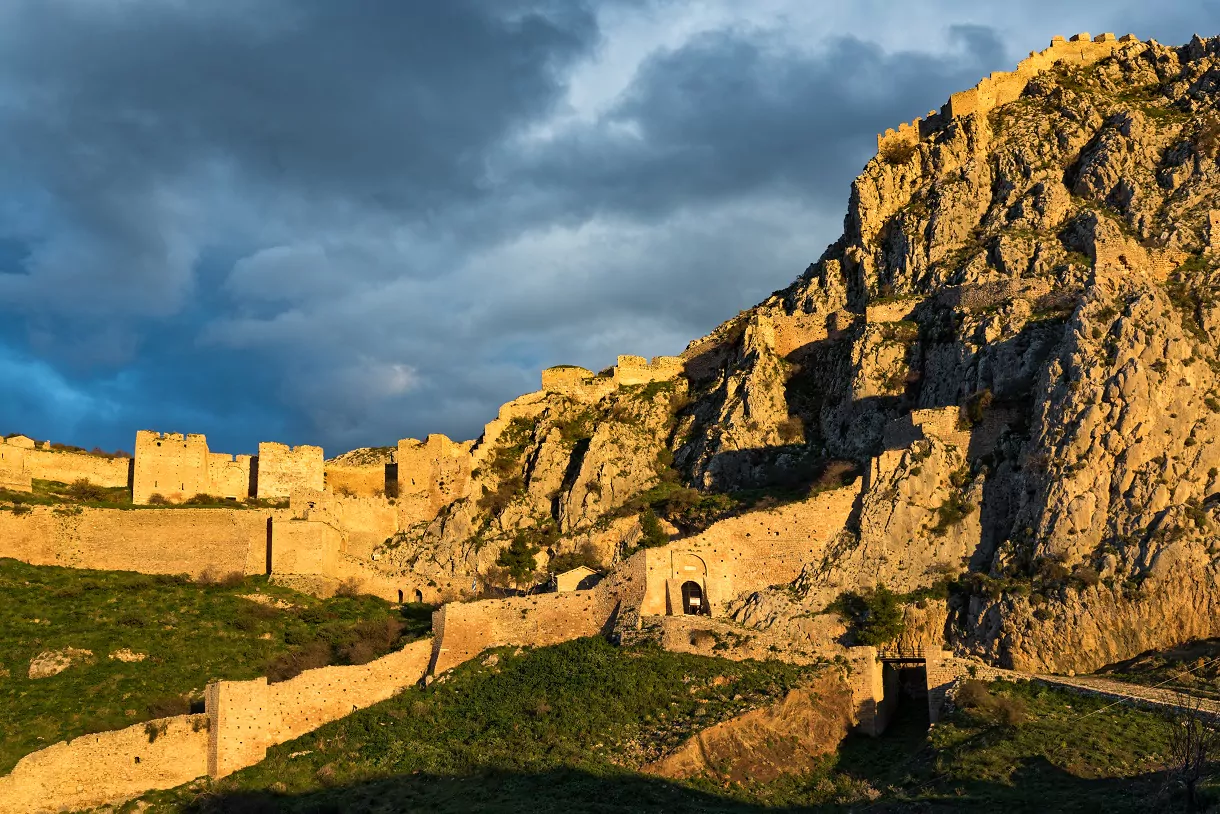
Acrocorinth, standing at a height of 575 meters, was initially fortified between the 7th and 6th centuries BC, eventually evolving into an Acropolis. Its unique morphology provided a strategic advantage for defense against various forms of attack. The castle fortress remained active until the Greek Revolution of 1821.
To visit the archaeological site today, one must enter from the west, passing through fortification zones built with three-tiered walls. The passage of time has left its mark on Acrocorinth.
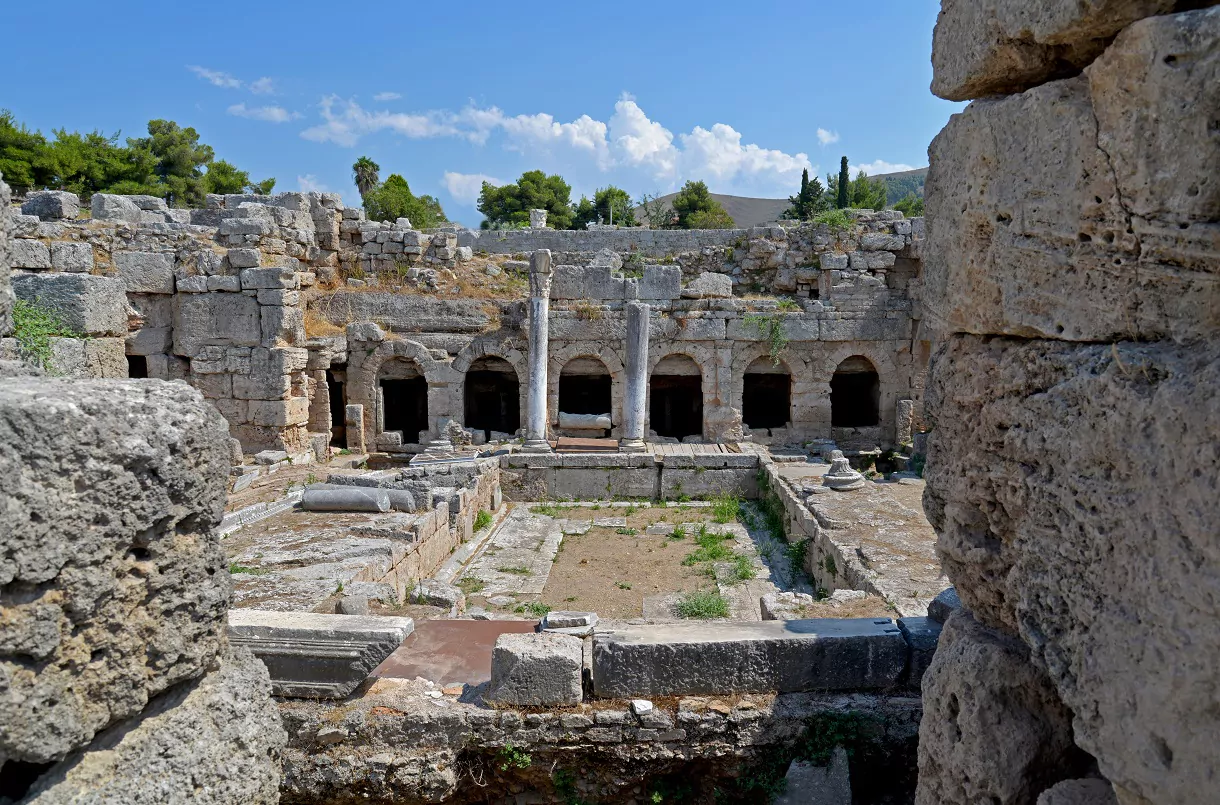
The first gate has largely collapsed. A winding road begins at the second gate, located a hundred meters further, leading to the third gate and the main castle. A tour of the site reveals a preserved water tank, the first fountain that the castle obtained courtesy of King Sisyphus to address the issue of water scarcity.
Ancient Corinth: From Alexander the Great to Apostle Paul
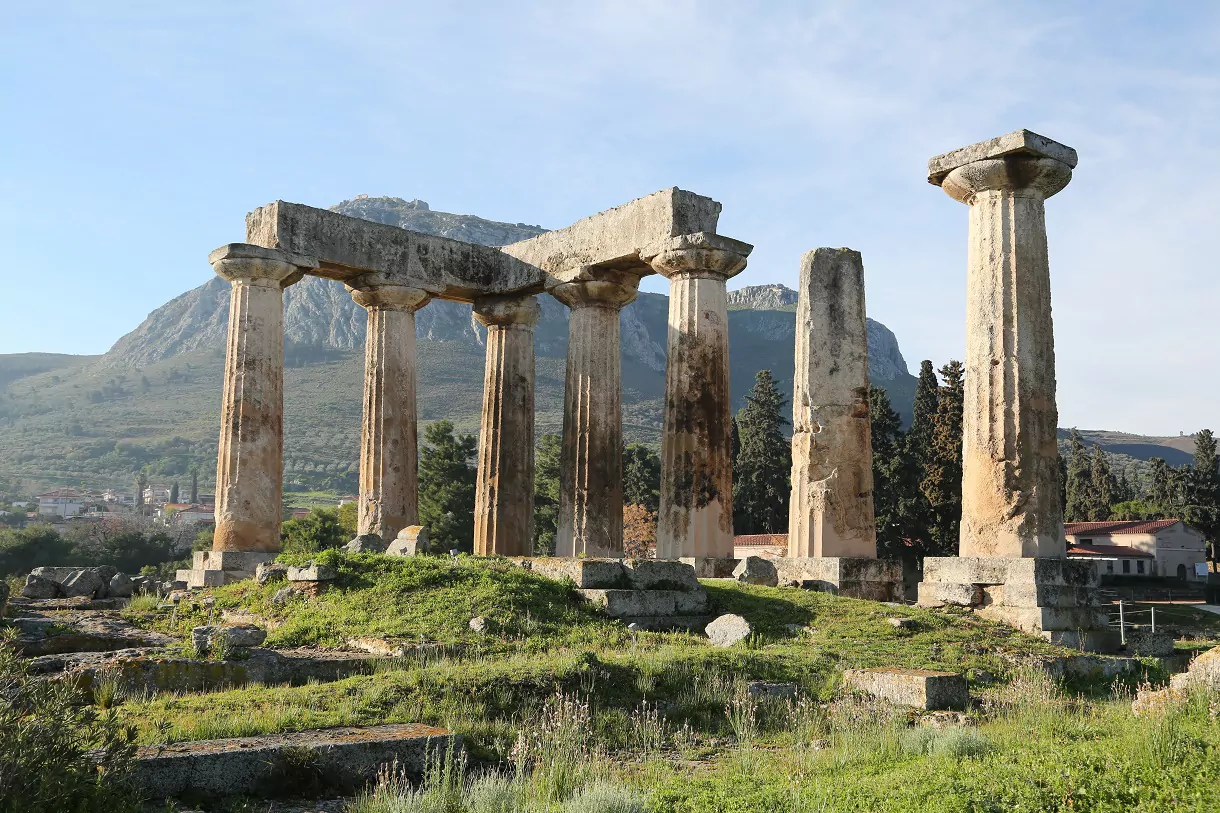
In 331 BC, Ancient Corinth was the site where Alexander the Great allied against the Persians. Fast forward to the Roman era, specifically 51-52 AD, Apostle Paul not only visited the city but also lived there for a couple of years. After his visit, in later years, he wrote two of his epistles to the Corinthians, which are part of the New Testament.
Ancient Corinth, once the wealthiest city in the ancient world, began to experience a decline in 267 AD. This was triggered by the invasion of the Heruli. The city’s downturn persisted until the Greek Revolution of 1821, after which it was liberated a year later.
Viewing Corinth today, one can perceive it in a new light. While the wealthiest city of the ancient world may not bear much resemblance to its current state, some elements bridge the two eras. The castle, one of Greece’s oldest, and the Temple of Apollo serve as links to the past. The temple, located about ten minutes from the city, is well-preserved despite dating back to the 6th century BC. It offers a glimpse into ancient times.
Travel to Greece – Google News – Follow us
Psira: The unknown Greek island with the ancient settlement
The ancient triangles of Greece: Journeys of mystery and unparalleled beauty
Elefsina: The city with many faces
Follow exploringgreece.tv on Instagram and Facebook


